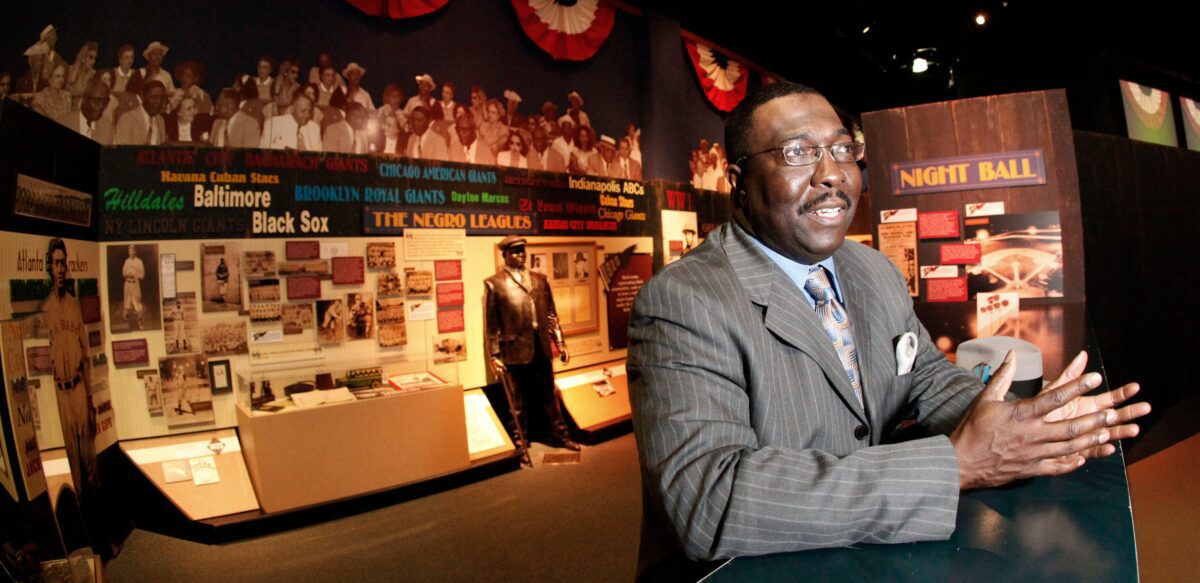



Rube Foster built more than a league. In 1920, he launched a vision that gave rise to the Negro National League and forever changed the course of baseball. His leadership created opportunities for Black players during segregation and ignited a global legacy that reached Latin America, the Caribbean, and Japan. On February 13, 2025, Major League Baseball and the Negro Leagues Baseball Museum marked 105 years since Foster’s vision took shape—and honored the generations it continues to inspire.
Among them were the first and second Negro National Leagues (1920–1931 and 1933–1948), the Eastern Colored League (1923–1928), the American Negro League (1929), the East–West League (1932), the Negro Southern League (1932), and the Negro American League (1937–1948). Each played a pivotal role in elevating Black baseball and laying the foundation for global baseball development.
Negro Leagues baseball was born OTD in 1920 and featured some of the game’s greatest stars. #BlackHistoryMonth pic.twitter.com/liE1dCIjJ6
— MLB (@MLB) February 13, 2025
Even during segregation in the United States, Negro Leaguers were playing professionally in the Caribbean and Latin America. From the Dominican Republic and Mexico to Cuba, Puerto Rico, Colombia, Nicaragua, Panama, and Venezuela, many players took their talents overseas—helping grow the game in regions where they were welcomed as stars. Others joined Liga Mexicana de Béisbol in the spring and summer to supplement their income.
In the early years, barnstorming remained essential to both income and visibility. The Philadelphia Royal Giants were among the most active internationally, touring Japan from 1927 to 1934 in a series of goodwill exhibitions that expanded baseball’s global reach and helped elevate Japan’s national program.
Bob Kendrick, president of the Negro Leagues Baseball Museum in Kansas City, paid tribute on February 13 to Andrew “Rube” Foster, the visionary behind the formation of the original Negro National League in 1920. Foster’s legacy stands in direct contrast to the actions of former MLB Commissioner Kenesaw Mountain Landis, who resisted integration and took no steps to push owners toward allowing African-American players in the Major Leagues during his tenure.
OTD in 1920, Andrew “Rube” Foster led a group of 8 independent Black Baseball team owners into a meeting held at the Paseo YMCA in KCMO and established the Negro National League.
The story, and impact of Rube’s new league, came to life in the 2023 edition @MLBTheShow! @sn_mlb pic.twitter.com/tr13DWaYgv
— Bob Kendrick (@nlbmprez) February 14, 2025
The legacy of the Negro Leagues continues to echo across generations, not just in Cooperstown but in every corner of the baseball world they helped shape. From Latin America to Japan, their influence remains visible in the global game—and in the players, fans, and institutions that carry their story forward.
Photo taken Jan. 28, 2010, Negro Leagues Baseball Museum marketing director Bob Kendrick talks about plans for an education center at the museum in Kansas City, Mo. Major League Baseball plays its annual All-Star game Tuesday, July 10, 2012, the museum will likely have experienced a significant windfall, financially and in terms of awareness, possibly ensuring its future for years to come. Museum officials expect to make upwards of $500,000 over the weekend. Kendrick was appointed president last spring. (AP Photo/Charlie Riedel, file)